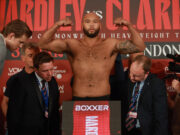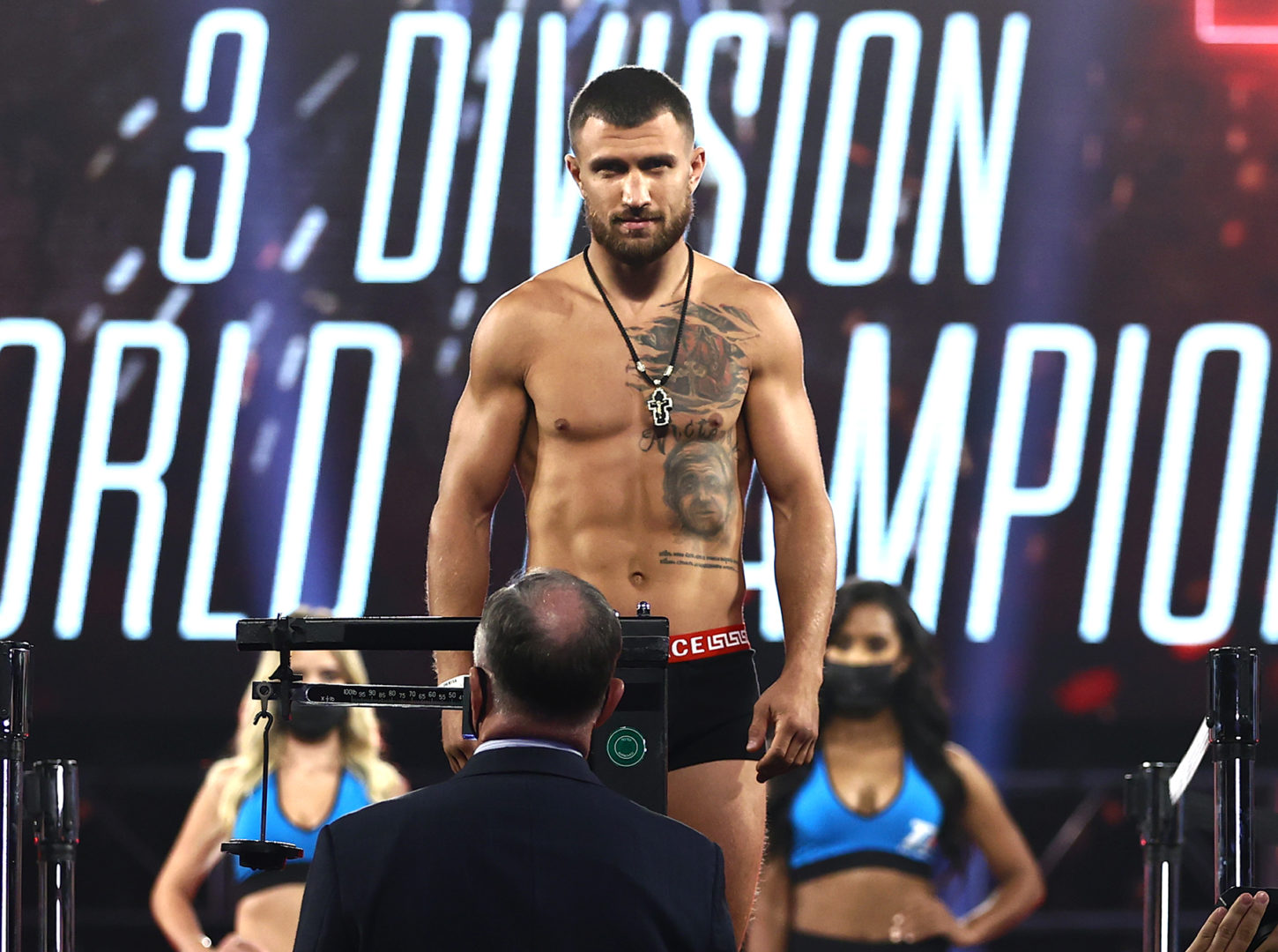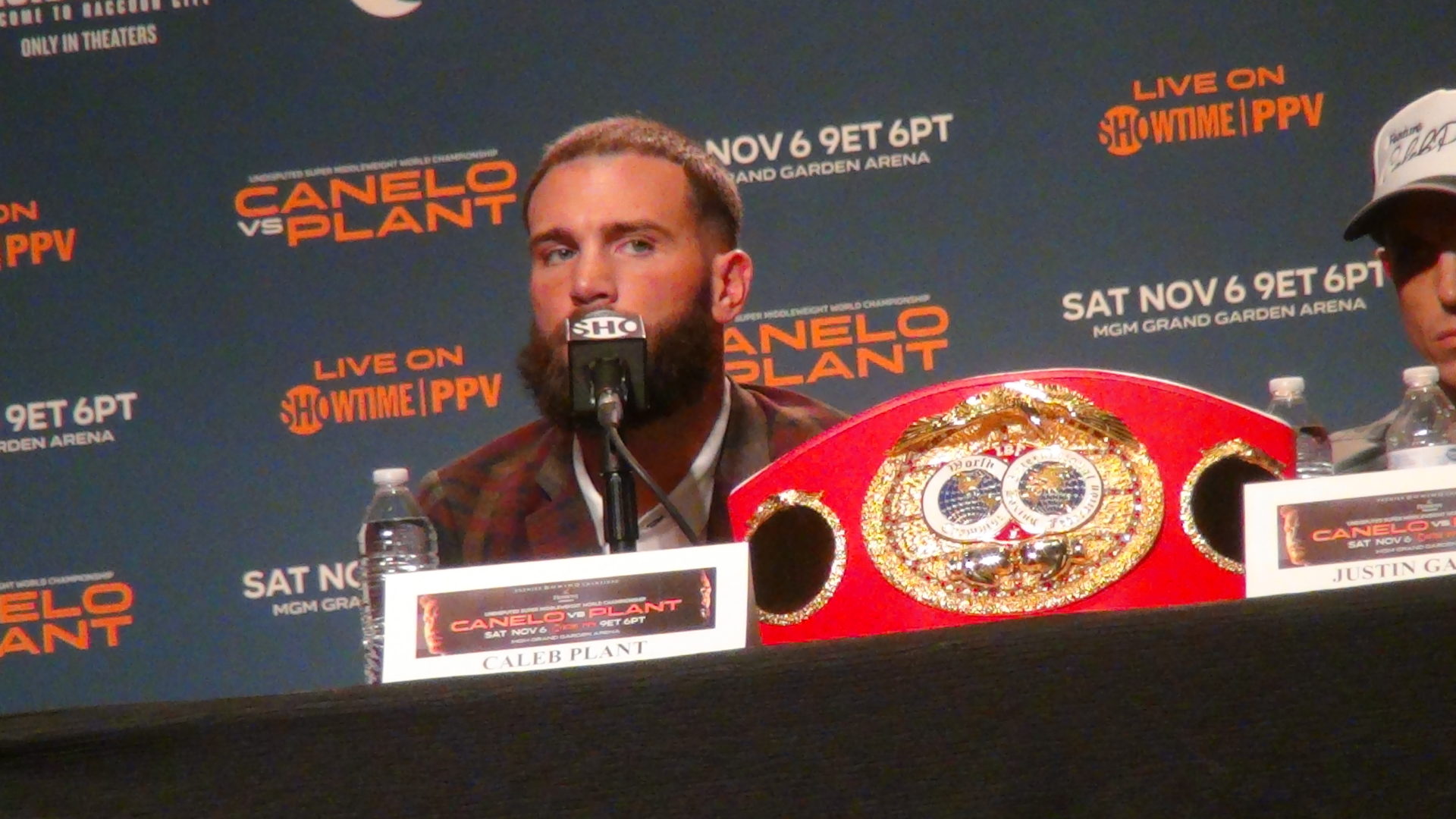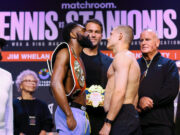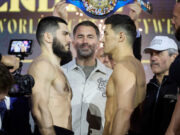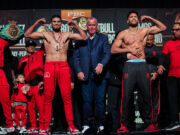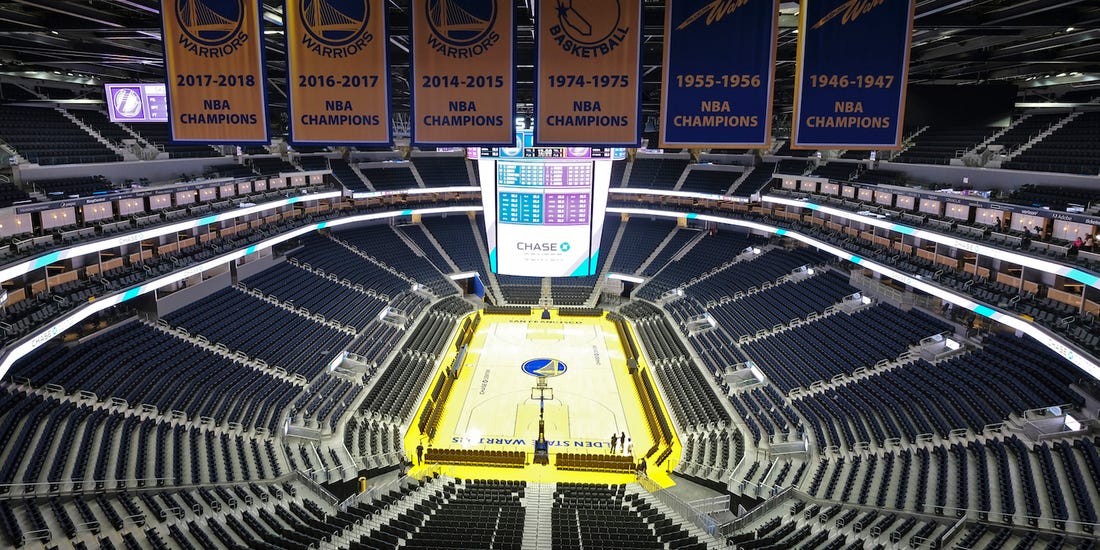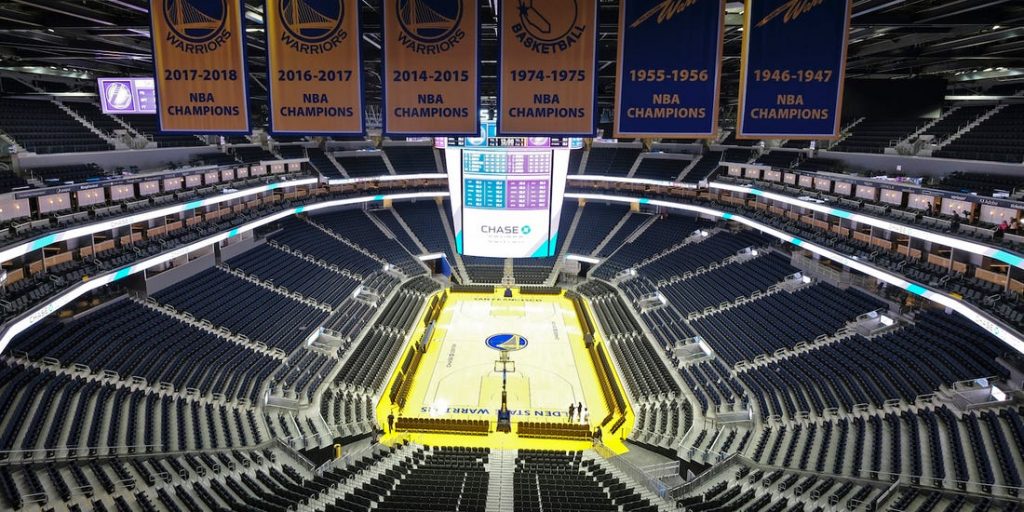
By Norm Frauenheim-
It was a moment that summed up a pandemic. There was Jimmy Butler, a defining face of social-distancing as he stood all alone at the free throw line. The lane was empty. So were the seats. Butler sank the free throws. Game over.
It ended like that proverbial tree falling in the forest. Does it really make a sound if nobody hears it? It’s dutifully noted in the NBA record book. In NBA history, too. Miami’s 116-114 victory over Milwaukee Wednesday night was only the third playoff game to end at the line.
But who knew? More to the point, who cares? It’s nobody’s fault, really. The pandemic rolls on and on with no apparent end in sight. The NBA should be applauded for rigorous, responsible procedures that include regular testing and everything else that protects players, coaches and officials from COVID.
When the league resumed, it looked like a fast-break into disaster. But it hasn’t been. It’s been a disciplined model on how to deal with a health threat. The NBA is proving to be a more reliable guide than The Centers for Disease Control (CDC), a federal agency with more conflicting directives these days than Donald Trump has bleach.
But there’s an inherent problem with the NBA’s pandemic response. The league isn’t in the health business. Show biz is the NBA game. That means a close relationship with fans. But that’s hard to sustain in a so-called bubble in Orlando. The fans are represented by cardboard cut-outs. But, increasingly, fans are being cut out of the game, any game.
It’s just hard to be a fan these days. That was evident, more so than ever, in Butler’s singular moment at the line. In terms of proximity. In basketball, fans are never too far away. In normal times, Butler’s focus might have been interrupted by a raucous crowd in the baseline seats.
But they weren’t there. Cardboard doesn’t cheer. There’s only silence, which is what we’re getting from a fandom that might be losing interest.
According to reports this week, television ratings for the NBA were down 20 percent. There was an immediate reaction, a predictable knee-jerk from the crowd that blames the NBA for its walkout last week in protest of the shooting of Jacob Blake in Kenosha, Wisc.
Politics are an easy target, especially during these turbulent times. Too easy. I’m not buying it. The real reason is a rupture in the fundamental relationship that the NBA and any other sport has with fans.
It’s no secret that ratings have been down in boxing. The fights have been hard to watch. Sustaining fans’ interest is almost impossible. A reason is the absence of a loud ringside crowd. The connection between a live crowd and the fighters is as integral to boxing as it to basketball.
Fans, fair or not, can influence the judging. More important, perhaps, is their impact on the fighters. From this socially-distanced seat, that helped explain the uneven performance from Jose Ramirez last Saturday in a decision over Viktor Postol in a key junior-welterweight fight.
In his first fight under pandemic rules, Ramirez missed the loyal fans who follow him. He supports them with water projects and money for the farm workers in Fresno, his hometown. Their allegiance and loud support for him, an intangible combination, has been hard to evaluate. But they were missing Saturday and part of him was missing, too.
Watching Ramirez made me think of something Tiger Woods said a couple of weeks ago. Woods shot a sensational 66 in the final round of The Northern in Norton, Mass.
“Obviously the energy is not anywhere near the same,” Woods told ESPN. “There isn’t the same amount of anxiety and pressure and people yelling at you and trying to grab your shirt, a hat off you. This is a very different world we live in.
“You hit good shots and you get on nice little runs, we don’t have the same energy, the same fan energy.’’
Jimmy Butler and Jose Ramirez know the feeling.


